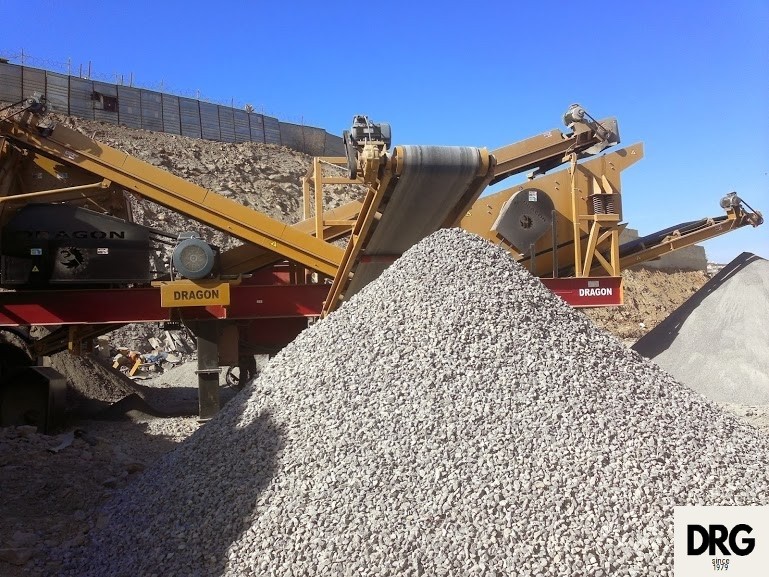Portable Crushers for Aggregate Production
With the rapid advancements in the construction and infrastructure sectors, the demand for building materials has significantly increased. One of the most essential materials in this context is aggregate, used as a primary component in concrete, asphalt, and similar construction elements. While traditional methods utilize stationary crushing and screening plants, technological progress has brought portable (mobile) crushers into the spotlight. This article provides a comprehensive overview of portable crushers, from their working principles to their advantages, application areas, and technical specifications.
What Is a Portable Crusher?
A portable crusher is a mobile crushing and screening plant that processes hard materials such as rock, stone, marble, and basalt into aggregate of desired sizes. These machines are usually mounted on wheeled or tracked chassis and are equipped with hydraulic systems for easy transportation and setup. They are ideal for use in quarries, mining areas, or construction sites.
Technical Structure and Working Principle
A portable crusher system typically consists of the following key components:
-
Feeding bunker: Ensures uniform delivery of raw material to the crusher.
-
Primary crusher: Usually a jaw or impact crusher for initial reduction.
-
Secondary crusher (optional): Cone or secondary impact crushers for finer output.
-
Vibrating screen: Sorts the crushed material by size.
-
Conveyor belts: Transports the material throughout the system.
-
Control unit: Operates either semi-automatically or fully automatically.
These systems are quick to set up and can be operated via onboard control panels or remote systems.
Types of Portable Crushers
-
Jaw Crushers
Ideal for large and hard stones. Uses mechanical pressure to crush the material. -
Impact Crushers
Suitable for medium to soft stones. Uses high-speed impact force for crushing. -
Cone Crushers
Preferred for controlled and precise crushing. Typically used for secondary and tertiary stages. -
VSI (Vertical Shaft Impact) Crushers
Excellent for sand production. Uses high-speed rotor impacts to achieve the desired shape.
Application Areas
-
Road and highway construction: On-site aggregate production reduces transportation needs.
-
Dam and reservoir construction: Offers mobile solutions for large material demands.
-
Mining operations: Used for ore crushing and separation.
-
Urban redevelopment projects: Recycles demolition waste on-site.
-
Asphalt plant supply: Produces raw material directly at the plant.
-
Recycling facilities: Processes concrete and asphalt waste for reuse.
Advantages
-
Mobility: Can be relocated between projects, unlike stationary plants.
-
Time Efficiency: Quick setup and minimal transportation delays.
-
Lower Costs: Reduces both operational and logistics expenses.
-
Environmental Compliance: Equipped with dust suppression and noise reduction systems.
-
High Productivity: Capable of processing thousands of tons of material per day.
-
Versatility: Can be used in multiple projects repeatedly.
Future Outlook
With the rise of artificial intelligence and automation technologies, portable crushers are now equipped with smart systems. GPS-based positioning, automated data logging, and remote fault diagnostics are some of the innovations improving efficiency. Additionally, the development of electric and hybrid models signals a shift toward eco-friendly production methods, aligning with global sustainability goals.
Conclusion
Portable crushers play an indispensable role in modern construction and infrastructure projects. They eliminate logistic bottlenecks by enabling on-site production while offering cost and time advantages. With their environmental compatibility and economic efficiency, portable crushing systems are set to grow even more important in the future of aggregate production.
 English
English
 Le français
Le français
 Türkçe
Türkçe

